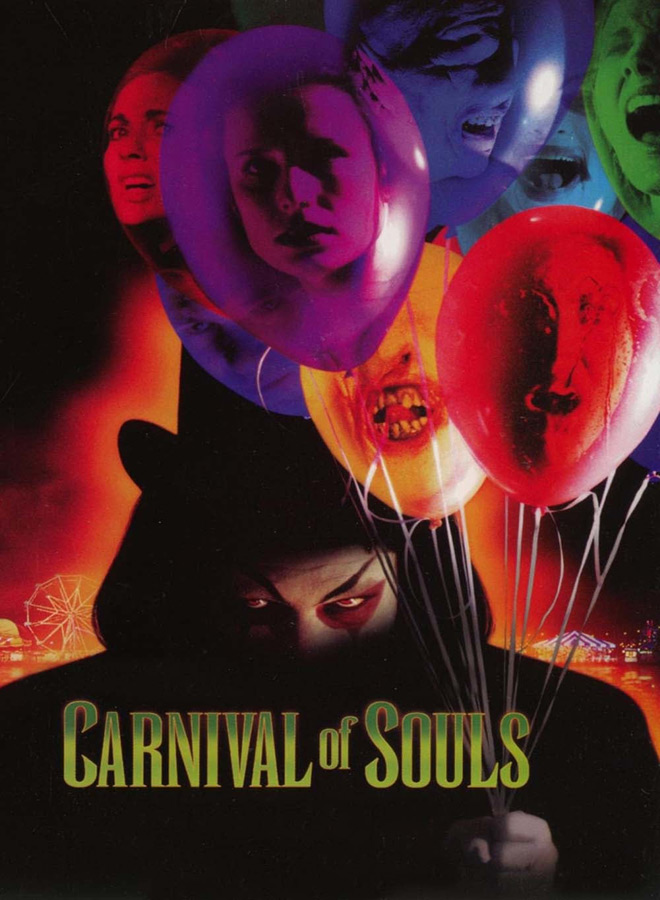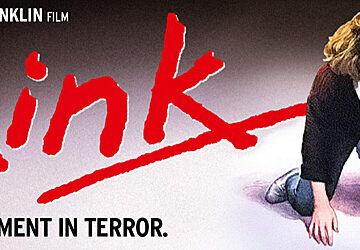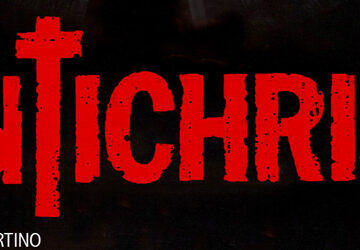It is time for another class in the Anatomy of a Remake, only this time it feels more like a cinematic autopsy on an exhumed body. Some remakes adhere close to their source material: Spike Lee’s 2013 take on Oldboy, Gus Van Sant’s 1998 take on Psycho and the 2017 version of Ghost in the Shell are, for better or worse, recognizably alternate takes on their original films. Although, mostly worse in those films’ cases.
However, there is little resemblance between the 1962 ghost film Carnival of Souls and its 1998 remake. Directed by Herk Harvey (Shake Hands with Danger 1980, The Day After 1983), the original film was about Mary Henry (Candance Hilligoss: Naked City 1962, Quincy series), a survivor from a car crash who has been stalked by spirits ever since. These apparitions cause her to have weird experiences, as if possessed one moment or turned invisible the next. As she thinks they have something to do with the abandoned carnival site outside town, she feels impelled to go there to discover the truth.
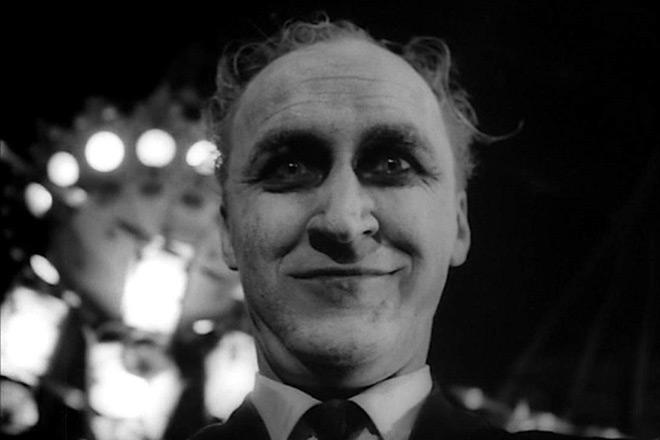
The 1998 film, also known as Wes Craven’s Carnival of Souls, is about Alex Grant (Bobbie Phillips: Chameleon 1998, The Gandhi Murder 2019), who has witnessed the rape and murder of her mother by a carnival clown called Louis Seagram (Larry Miller: Pretty Woman 1990, The Nutty Professor 1996). He is soon imprisoned, but is freed years later after serving his sentence. When he tracks Grant down and attacks her while she is driving, she attempts to finish him off by crashing into a lake, which seems to do the trick. Thankfully Grant manages to survive, but she suffers from nightmares and hallucinations about Seagram afterwards, amongst other odd occurrences.
There was enough there for original Screenwriter John Clifford to get a credit in the remake. The film does feature a car crash into water, as well as a woman having weird visions; otherwise it was largely the creation of Writer/Director Adam Grossman (First Wave 1998, Seven Days 2001), with Wes Craven (A Nightmare on Elm Street 1984, Scream 1996) as executive producer. It is anyone’s guess whether he had much to do as a producer or if he just agreed to have his name stuck on it for marketing.
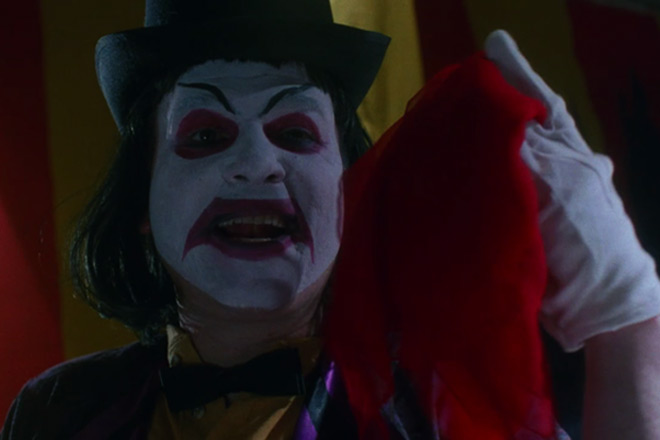
This, of course, did not save the remake from being torn apart by the critics. That is not to say the original film was flawless. It is a low-budget film from the early 1960s, with some hokey scenes, stiff editing, and a twist rendered predictable by many successors. However, Hervey’s direction brought out that tense, eerie feeling in his lead’s search for answers behind her condition. Like the far shots to show how isolated Hilligoss’ Henry is, or the high shots suggesting someone, or something, is watching her. That and Hervey himself as ‘The Man’ that appears in her visions- a ghoulish figure with a leering grin and bad intentions.
In other words, the original made a lot out of what little they had. Meanwhile, the remake has more of everything yet it amounted to less. Hervey’s appearances as ‘The Man’ in Henry’s visions are creepy enough without backstory, while Miller’s Seagram does not get as far despite having murder, rape and pedophilia on his resumé. Miller does try amongst a bog-standard cast and sometimes succeeds in being creepy and off-putting, and other times he looks like Bill from King of the Hill trying to be menacing.
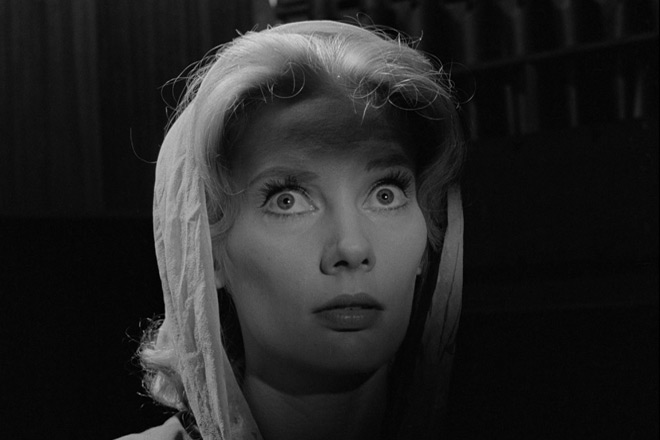
Not that the scary scenes help either. On a technical level, they are quite strong, particularly with the set design and makeup for the monsters. They are just undercut by their direction and inspirations; going for a style akin to 1990’s Jacob’s Ladder, where the lead has multiple nightmarish visions as they are trying to figure things out. Unfortunately, it does not quite work here. In Ladder, each nightmare had dramatic meaning to it and progressed the plot, while in the Souls remake they are a weak series of fake-outs.
For example, Grant makes out with love interest Michael (Paul Johansson: John Q 2002, One Tree Hill series): they make love within a ship’s cabin, only for him to suddenly turn into Seagram. Then there are multiple camera cuts as he transforms into a monster, which turns out it was all a vision on a Ferris wheel at the titular carnival. Additionally, there is another sequence where Grant takes hold of a balloon, and Seagram’s superimposed face materializes onto it, which comes off more silly than scary. At least the monster looks ghoulish enough, and it should, as it looks like a naked, pink Cenobite from 1987’s Hellraiser.
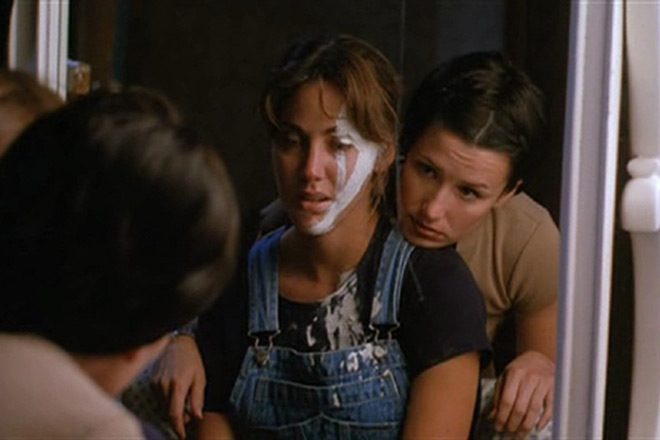
Ultimately, that is the major issue with the Carnival of Souls remake: it reminds the audience of better Horror films it could be watching. It takes inspiration from Hellraiser, Jacob’s Ladder and the 1990 It mini-series, while trying to be a remake of Carnival of Souls, except the final product is too weak in terms of plot, direction and scares to keep the audience in place.
It is not heinously bad, though it might have been better for it if it was. This remake has some scattered DVDs on Amazon, etc., and that is about it. They are going cheap, though one can also watch the original Carnival of Souls for free on multiple YouTube uploads after it entered the public domain. Make the smart choice, save your pennies and watch the original because that is ultimately the cult classic.
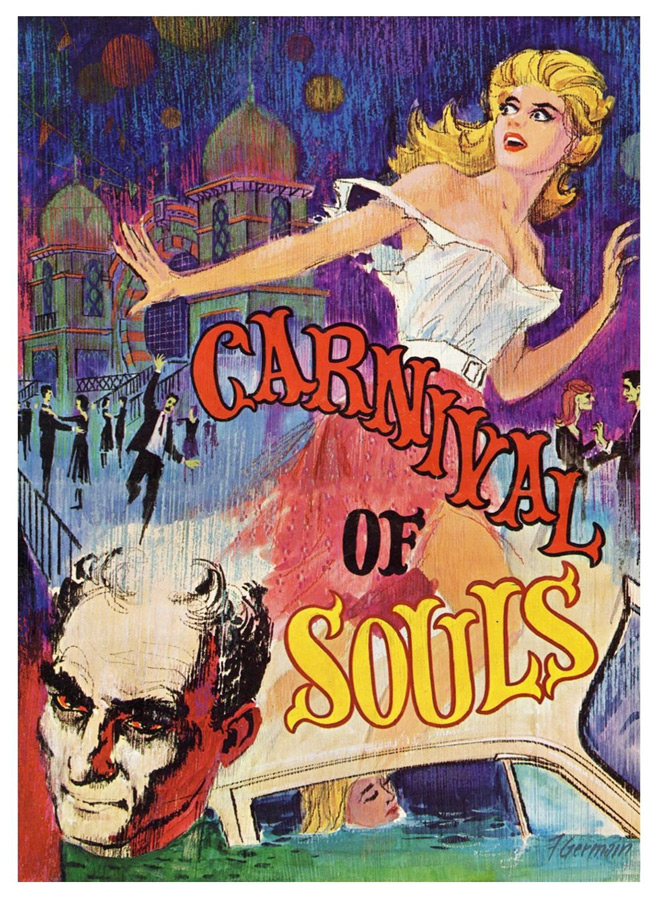
Purchase Carnival of Souls (1962):
[amazon_link asins=’B07CT7BMPM,B001QI0FAA,B001KJ8HRI,B00176U4KM’ template=’ProductCarousel’ store=’crypticrock-20′ marketplace=’US’ link_id=’3e1fce7d-048d-4093-bf22-46e459c4d291′]
